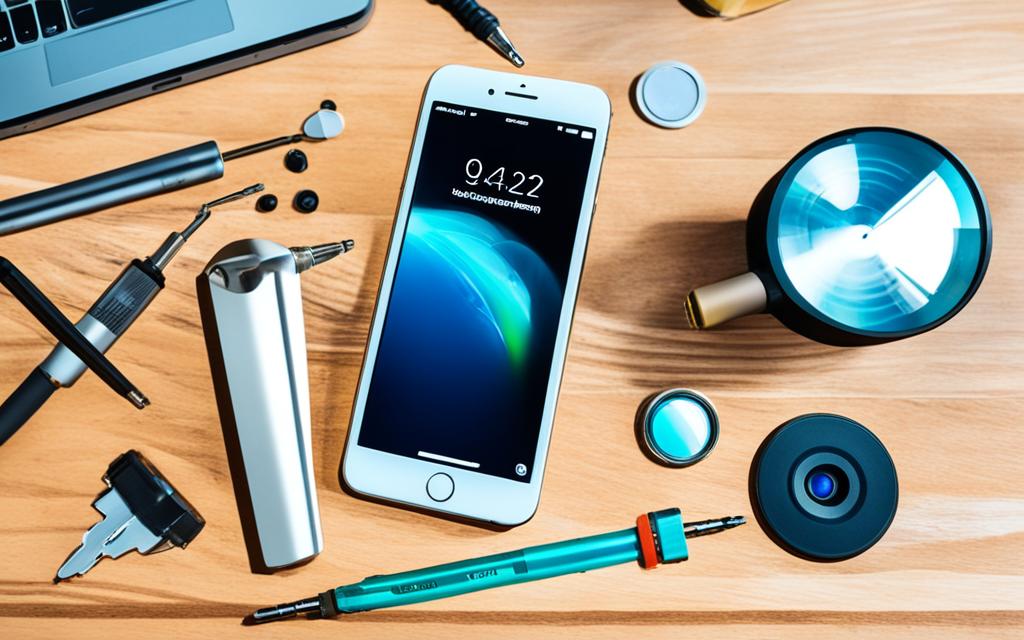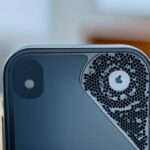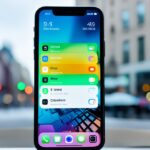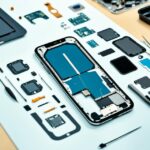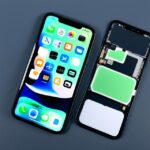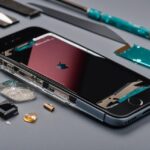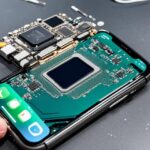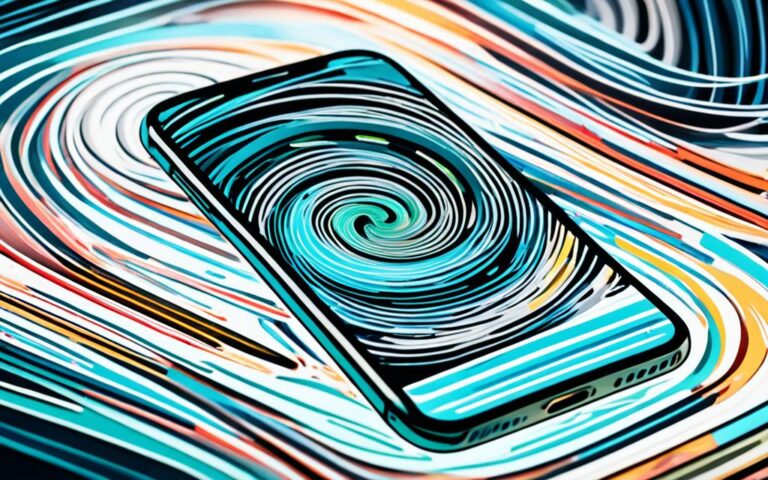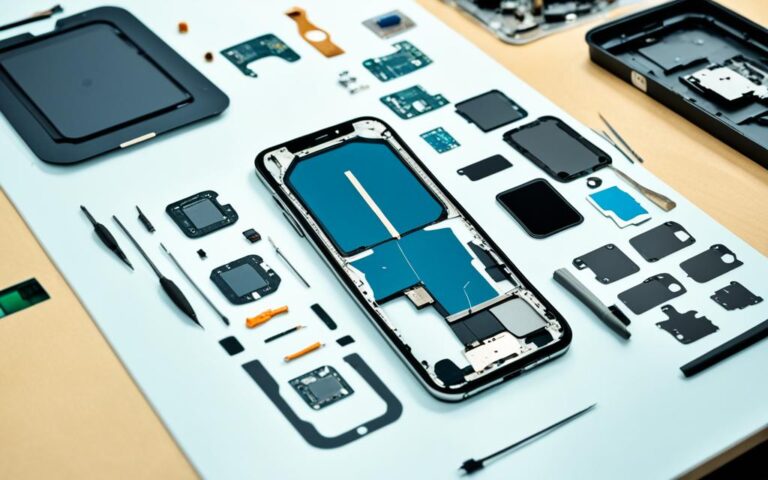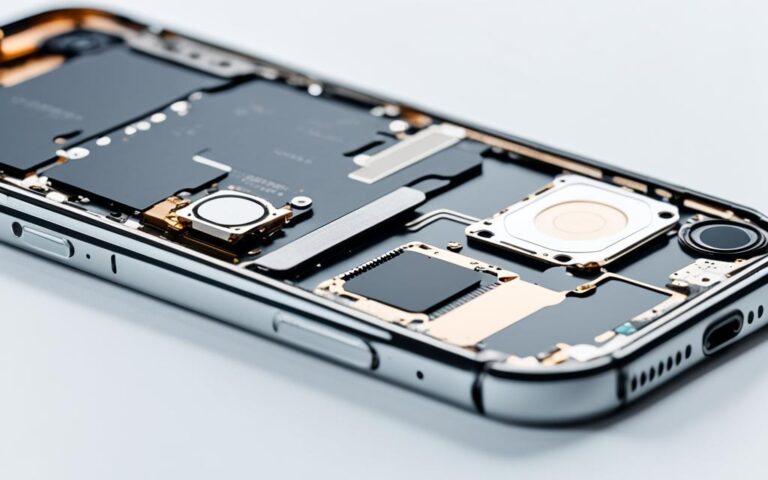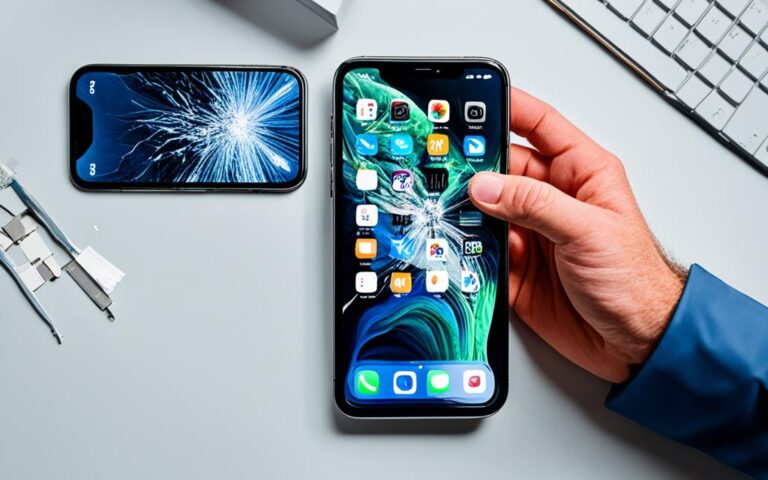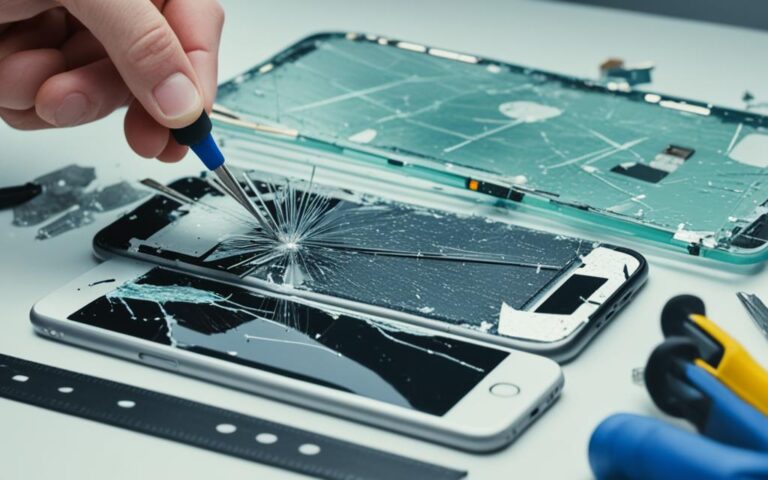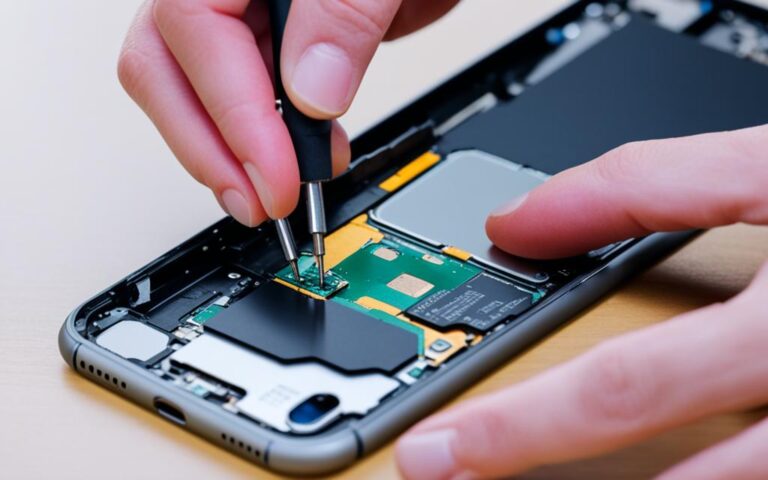Fixing iPhone Speaker Issues for Better Sound Quality
If you’re experiencing sound quality issues with your iPhone speaker, you’re not alone. Many users encounter glitches and problems that affect their audio experience. But don’t worry, there are solutions available to address these issues and ensure you get the best sound quality from your device.
Whether you’re struggling with muted or distorted sound, or your speaker is not working at all, this article will provide you with the necessary steps and tips to fix your iPhone speaker problems.
Troubleshooting iPhone Speaker Problems after Software Updates
Some users have reported issues with their iPhone speakers after updating their device’s software. These issues include the inability to be heard during speakerphone calls and the microphone not functioning properly. Disabling “mic isolation” in the control center and setting it to “standard” may help resolve these problems. However, if the issue persists, it may be necessary to visit an Apple Store or contact Apple Support for further assistance.
If you’ve recently updated your iPhone software and are experiencing speakerphone issues or microphone problems, you’re not alone. Many users have encountered similar issues after installing the latest software update. Thankfully, there are steps you can take to troubleshoot and fix these problems.
To begin, try disabling “mic isolation” on your iPhone. This feature, found in the control center, isolates the microphone for better audio quality during phone calls. However, some users have reported that disabling this feature and setting it to “standard” can resolve speakerphone and microphone issues. Simply open the control center, locate the microphone icon, tap on it to view the options, and switch it to “standard” if it is set to “isolated”.
If disabling “mic isolation” doesn’t solve the problem, there could be other underlying issues causing the speaker and microphone malfunction. It’s recommended to visit an Apple Store or contact Apple Support for further assistance. Apple’s knowledgeable technicians can diagnose the issue and provide appropriate solutions, whether it involves a hardware repair or a software adjustment.
Remember, it’s important to address these issues promptly to ensure the optimal performance of your iPhone. Whether it’s a software bug or a hardware malfunction, seeking professional help from Apple can help resolve the problem and restore the functionality of your device’s speaker and microphone.
Common Solutions for iPhone Software Update Issues:
- Disable “mic isolation” in the control center and set it to “standard”.
- Visit an Apple Store or contact Apple Support for further assistance.
By following these steps and reaching out to Apple for support, you can troubleshoot and resolve iPhone speaker problems after software updates.
Common Causes of iPhone Speaker Issues
When it comes to iPhone speaker issues, there are several common causes that can impact the sound quality and overall performance of your device. Understanding these causes is essential in order to identify the root problem and determine the best course of action for repair or troubleshooting.
1. Fragile iPhone Speaker
The iPhone speaker is a delicate component that can be easily damaged. Accidental drops or impacts can cause physical damage to the speaker, resulting in distortion, reduced volume, or complete loss of sound. It’s important to handle your iPhone with care and avoid exposing it to situations where damage is more likely to occur.
2. Physical Damage
In addition to the fragile speaker itself, physical damage to other parts of the iPhone can also affect the speaker’s functionality. For example, a cracked screen or bent frame may impact the speaker’s ability to produce clear and balanced sound. Therefore, it’s crucial to address any physical damage to your iPhone promptly to prevent further complications with the speaker.
3. Bluetooth Issues
Bluetooth connectivity problems can also interfere with the performance of your iPhone speaker. Issues such as pairing failures, disconnections, or audio lag can disrupt the sound output and lead to a poor listening experience. It’s recommended to check your Bluetooth settings and ensure that there are no conflicting devices or software glitches affecting the connection.
4. Headphone Glitches
Using headphones or earphones with your iPhone can sometimes result in glitches or malfunctions that impact the speaker. For instance, if the headphone jack is damaged or dirty, it can cause the device to erroneously detect headphones as being connected, thereby redirecting audio output. Cleaning the headphone jack or using a different pair of headphones can help resolve such issues.
5. Blocked or Dirty Speaker Ports
Blocked or dirty speaker ports can inhibit sound transmission and affect the overall quality of audio from the iPhone speaker. Dust, lint, or debris can accumulate over time and clog the speaker openings, resulting in muffled or distorted sound. Regularly cleaning the speaker ports with a soft brush can help maintain optimal sound performance.
To recap, common causes of iPhone speaker issues include the fragile nature of the speaker itself, physical damage to the device, Bluetooth connectivity problems, headphone glitches, and blocked or dirty speaker ports. By identifying the underlying cause, you can take appropriate measures to repair or troubleshoot the problem and restore the optimal sound quality to your iPhone.
DIY Fixes for iPhone Speaker Problems
If your iPhone speaker is not working properly, there are several DIY fixes you can try to resolve the issue. Here are some steps you can take:
- Restart your iPhone: Sometimes a simple restart can fix software glitches that may be affecting the speaker. Press and hold the power button until the “Slide to Power Off” option appears. Slide to power off, wait for a few seconds, and then press and hold the power button again to turn your iPhone back on.
- Check the sound volume settings: Make sure the volume on your iPhone is not set to the lowest level or muted. Go to the Settings app, select “Sounds & Haptics”, and adjust the volume slider as needed.
- Ensure Do Not Disturb mode is turned off: Do Not Disturb mode can silence all incoming calls and notifications, including sounds from your iPhone speaker. Swipe down from the top right corner of the screen to access the Control Center and check if the crescent moon icon is highlighted. If it is, tap it to turn off Do Not Disturb mode.
- Update your device’s software: Software glitches can sometimes cause audio issues. Check if there is a software update available for your iPhone and install it if necessary. Go to the Settings app, select “General”, and then tap “Software Update” to check for updates.
In addition to these steps, it’s also worth cleaning the speaker and receiver openings to ensure they are not blocked by any debris. Gently brush the openings with a soft-bristled brush to remove any dirt or dust that may be affecting the sound quality.
By following these DIY fixes, you can troubleshoot common iPhone speaker problems, such as software glitches, volume settings, Do Not Disturb mode, and improve the sound quality on your device.
Here’s a quote from an Apple Support representative:
“Many iPhone speaker issues can be resolved through simple troubleshooting steps. We recommend restarting your device, checking the volume settings, ensuring Do Not Disturb mode is turned off, and updating the software. If the issue persists, cleaning the speaker openings may also help. If you need further assistance, don’t hesitate to contact Apple Support.”
Additional Troubleshooting Steps for iPhone Speaker Issues
If the previous steps don’t resolve the issue, there are a few additional troubleshooting steps you can try. Checking for headphone mode glitches, disconnecting Bluetooth devices, and resetting your iPhone settings may help fix speaker problems. It’s also important to ensure that your iPhone’s software is up to date, as outdated software can cause sound issues.
- Check for headphone mode glitches: Sometimes, your iPhone may get stuck in headphone mode, causing the speaker to malfunction. To check if this is the case, connect and disconnect a pair of headphones from your iPhone a few times. This can help reset the headphone mode and restore normal speaker functionality.
- Disconnect Bluetooth devices: If you have any Bluetooth devices connected to your iPhone, such as wireless headphones or speakers, disconnect them and see if the speaker issue resolves. Sometimes, a glitch in the Bluetooth connectivity can interfere with the iPhone’s speaker functionality.
- Reset iPhone settings: Resetting your iPhone settings can help resolve software-related issues that may be affecting the speaker. To do this, go to Settings > General > Reset > Reset All Settings. Keep in mind that this will reset all your personalized settings, so make sure to backup important data before proceeding.
By following these troubleshooting steps, you can tackle common iPhone speaker issues related to headphone mode glitches, Bluetooth connectivity, and software updates. Remember to check for software updates regularly to ensure optimal performance and sound quality on your iPhone.
Professional Repair Options for iPhone Speaker Problems
If the DIY fixes and troubleshooting steps mentioned earlier do not resolve your iPhone speaker issues, it may be necessary to seek professional repair options. Apple provides several support avenues, including the Genius Bar Reservation system, Apple Retail Stores, and Apple Authorized Service Providers.
The Genius Bar Reservation system allows you to schedule an appointment at your nearest Apple Store, where you can receive personalized assistance from Apple’s knowledgeable staff. They can diagnose and address both hardware and software-related problems with your iPhone speaker. Whether it’s a faulty speaker component or a software glitch, the experts at the Genius Bar are equipped to help you find a solution.
Apple Retail Stores are another convenient option for professional iPhone speaker repair. With their in-house experts, these stores offer comprehensive support and service for Apple products. They have the necessary tools and knowledge to diagnose and fix various speaker issues, ensuring that your iPhone delivers optimal sound quality.
In addition to the Genius Bar and Apple Retail Stores, Apple Authorized Service Providers can also provide professional repair services for your iPhone speaker. These service providers have received certification from Apple and are approved to perform repairs on Apple devices. They have access to genuine Apple parts and follow Apple’s stringent repair guidelines, ensuring that your device remains in good hands.
When opting for professional repair services, you can have peace of mind knowing that your iPhone is being serviced by experts who are well-versed in Apple’s technology. They possess the expertise to diagnose the root cause of your speaker issues and provide effective solutions to restore optimal sound quality to your device.
In conclusion, if you’ve exhausted all DIY fixes and troubleshooting steps without resolving your iPhone speaker problems, seeking professional repair options is your next best course of action. Whether it’s through the Genius Bar Reservation system, Apple Retail Stores, or Apple Authorized Service Providers, Apple support channels offer the expertise and resources needed to address both hardware and software-related issues with your iPhone speaker.
Conclusion
Resolving iPhone speaker issues to achieve better sound quality can be achieved through various DIY fixes and troubleshooting steps. However, if these steps do not provide a satisfactory solution, seeking professional assistance from Apple Support or authorized service providers is recommended. Promptly addressing speaker problems is crucial to ensure a seamless audio experience on your iPhone.
